With schools branching out and offering a wider variety of electives, you may start to see your enrollment numbers dwindle. Students want to try something they have never done before or are drawn to a class that offers learning more aligned with a career path they are interested in. While these aren’t necessarily bad things, they can lead to fewer students registering for art.
Enrollment numbers impact important aspects of your job. Funding is often based on student enrollment numbers. When rosters are up, funding goes up. More art classes and courses can be offered, and more full-time art teachers will be needed! Instead of sitting back and letting the future of your art program “happen,” remind your students that art class is worth their enrollment!
If you find your enrollment numbers dwindling, try these six ways to get more students to sign up for art.
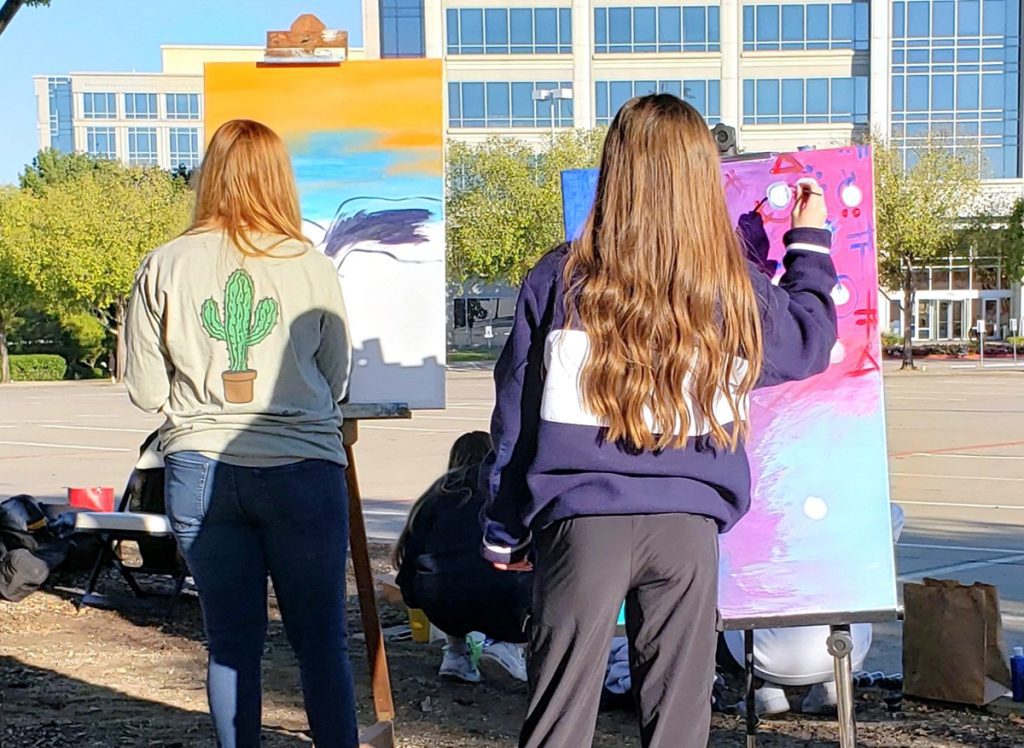
1. Create engaging opportunities for students to show off their art.
While art shows get students’ art in front of parents and administration, the students are your target audience when you need to boost enrollment numbers. Make sure you are creating engaging ways for students to show their art to their peers.
Try these four creative ways to show off your students’ art.
- Put on a fashion show for the school.
Students can make anything wearable, like screen-printed t-shirts, crocheted tops, knit scarves, handmade jewelry, or batik or tie-dyed clothing. Ask students outside of art class to “model” the items during the fashion show. As the models walk down the runway, an MC can announce the model’s name, what items they are wearing, and the student who made the items. Putting on an event like this for the whole school will show off the various opportunities the art class affords outside of drawing and painting. - Host an art carnival.
Students make art-themed games and booths for students outside of art class to play. They can win small prizes or host an “art walk” instead of a cake walk. It’s even easier if your school already has a carnival. Just ask if the art class can contribute by adding an art station. - Host a fun run as a fundraiser.
Ask your art students to paint en plein air alongside the running track. Students will get to show off the skills they have learned in art class. They can even participate in the fundraiser by auctioning off their work at the end of the run. - Make an art station for field day.
Cassie Stephens is a pro at integrating art into field day. Listen to her ideas in this podcast or read about other field day art stations in this article.
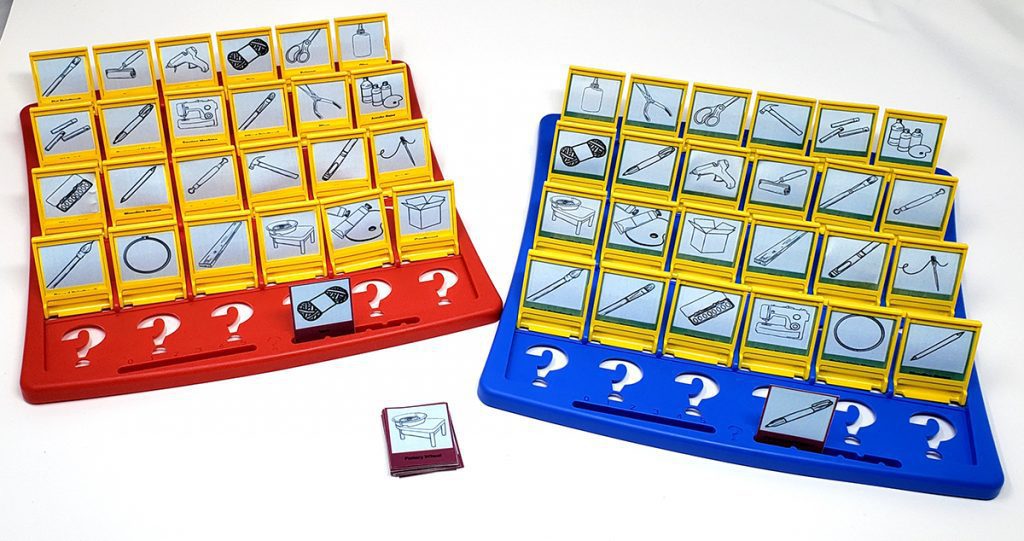
2. Emphasize experimentation and fun.
Your current students are your biggest asset for getting more students into art class. Students talk to other students. When they talk about how fun art class is, you are more likely to get their friends to ask to join.
Emphasize fun using these four methods:
- Do an extravagant activity.
Try pendulum art or fill balloons with paint and let students throw darts at them. Save these types of activities for upper-level classes so students will look forward to taking a second or third year of art. - Play art games!
Most students do not want to take a class filled with traditional worksheets and exams. Put in the time and effort to transform formative assessments into games. Turning assessments into games takes the pressure off of students. If they think they are just playing a game, they are more likely to actively participate without test anxiety. - Incorporate movement.
Incorporate movement to hook students who prefer physical activity. Teach fun techniques that incorporate movement with art, like painting with your feet! - Use food.
Food is the way to many students’ hearts. Teach them artistic techniques while incorporating a snack. Color mixing is more fun when students demonstrate with icing and food coloring. Photography is more engaging when students are styling food before a photo shoot. Before you provide your students with food, remember to adhere to school and district policies and confirm any food allergies with parents.
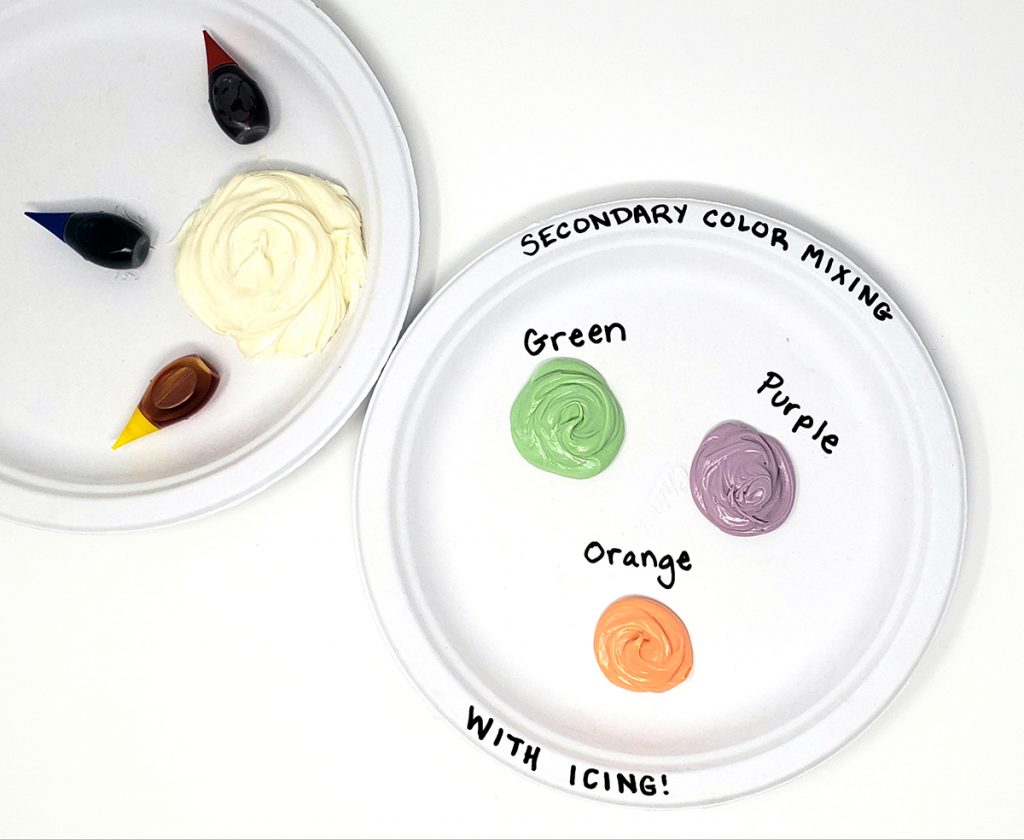
3. Market your class.
Don’t assume all students know what goes on in the art room. They may believe it’s all about drawing and painting or it’s only for students naturally gifted in art. Make sure students know that art is for everyone, and it provides students with the opportunity to explore various mediums.
Here are three ways to market your class.
- Display artwork in the hallways and trophy cases throughout the school.
It’s easy to fall into a routine of putting art right outside your classroom, but that doesn’t help you market to the entire student population. If the idea overwhelms you, make displaying art easier by getting a foldable display wall you can easily transport to other parts of the school. - Show off the crafts side of your curriculum.
Not all students know that crafts like crochet, sewing, or jewelry are often opportunities in an art class. These crafts can be less intimidating than drawing or painting, encouraging new students to sign up. - Hang fliers around the school.
Include a QR code that leads to examples of projects done in art class. It will give students on the fence about joining an art class a glimpse into what they can expect if they sign up.
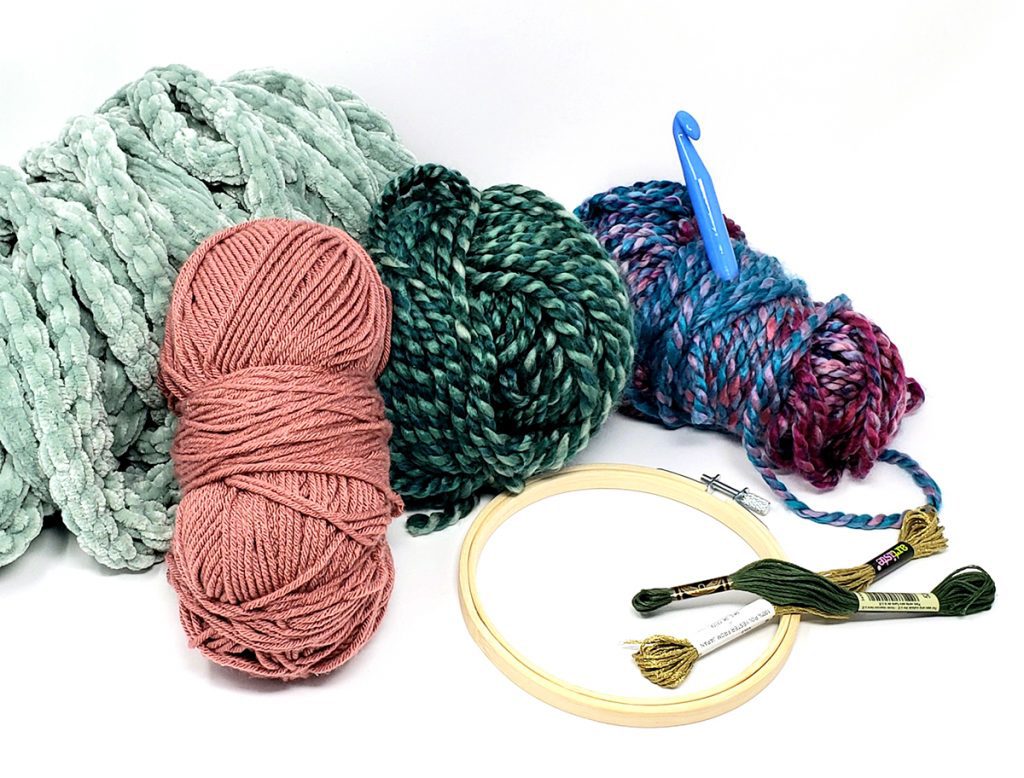
4. Ensure that all students are represented in your curriculum.
Take a look at your curriculum and note where diversity is represented. Diversity can include “both observable and nonobservable individual differences (life experiences, work context, learning and working styles, personality types) and group/social differences (race, gender identity and expression, age, social class, country of origin, ability, beliefs, intellectual and cultural perspectives.).”
Do the artists and artworks in your curriculum match the diversity within your school’s student population? If not, take the opportunity to rework the examples you give in your lessons. Including diverse artists and perspectives can help draw in students who appreciate being represented and respected in the classroom.
Try these two ways to show students you care.
- Showcase an artist of the month and rotate through a range of artists.
An easy way to do this is to keep a spreadsheet of the artists you have introduced to your students with a section to note details of their life and work. Include the artists on a bulletin board outside of the art room so all students get a chance to see that diversity is valued in the art room. - Ask students to curate an exhibit of artists who are underrepresented in museums.
Print out those artists’ works and hang them in the hallway with pictures of the artists and their biographies. If you are looking for a library of artist biographies, check out FLEX Curriculum’s Artist Bios. Each bio includes a brief history and blurb about their work, world, and achievements.

5. Have students outside of the art room judge art competitions.
Sometimes, students pass by displayed art without a second glance. They don’t stop to consider how interesting the art is or how fun it would be to make. Draw their attention and have them act as informal judges of art competitions. Set up art and include a voting box in a high-traffic area. Post the voting rules: students can vote for the most creative artwork, the most interesting, or just their favorite. It will get the students to talk about art and take the time to really examine what fun things are happening in the art room.
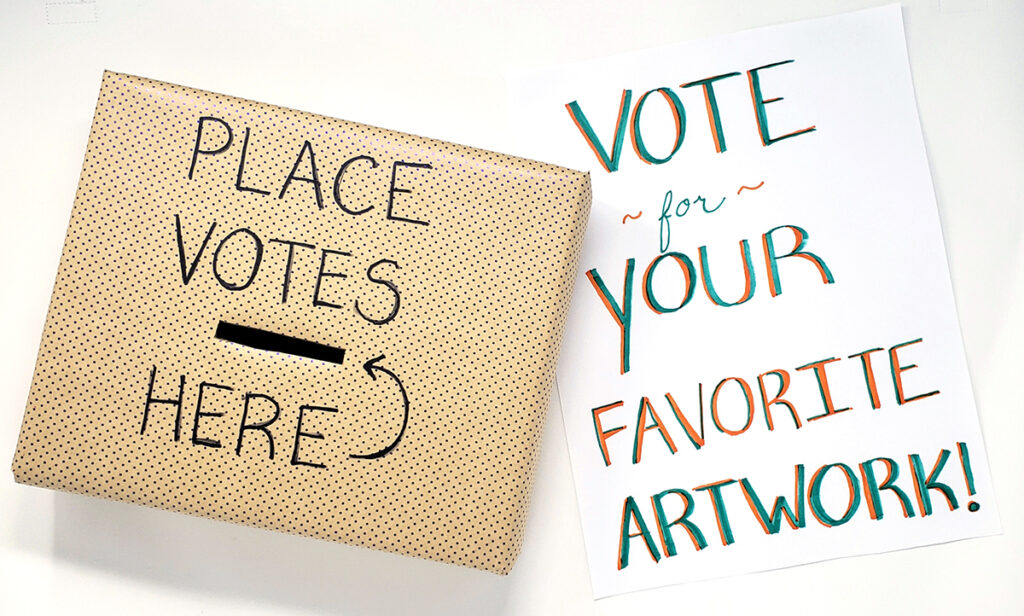
6. Advertise how art class prepares students for any career.
When you emphasize that art class is not just for students who want to be professional artists, you appeal to a much larger audience of potential students. Highlight creativity and how it applies to careers outside of fine arts. One way to do this is to ask parents or former students to be guest speakers and talk about how creativity helps them be successful in their field.
Once you secure a guest speaker, create flyers to advertise the speaking engagement. You can even create a bulletin board called How Creativity Applies to Careers, with the guest speaker schedule on it. It will help students draw connections between the creativity they will learn in art class and career options outside of fine arts.

With schools increasing the variety of electives they offer, you may need to consider how to make your art program stand out in a sea of options. How can you continue to grow your program to expose more students to the arts and creativity? If you find yourself in this position, market your class in unique ways, being sure to represent the diversity within your school. Teach students that what they learn in art class can be applied to any career they choose. Put on whole-school events to engage all students and use your current students to promote your class. Continue to have a thriving art program with some of these fun ways to remind students of the importance of art for everyone.
How do you keep your enrollment numbers up?
How do you think students not enrolled in art view your art class?
Magazine articles and podcasts are opinions of professional education contributors and do not necessarily represent the position of the Art of Education University (AOEU) or its academic offerings. Contributors use terms in the way they are most often talked about in the scope of their educational experiences.





